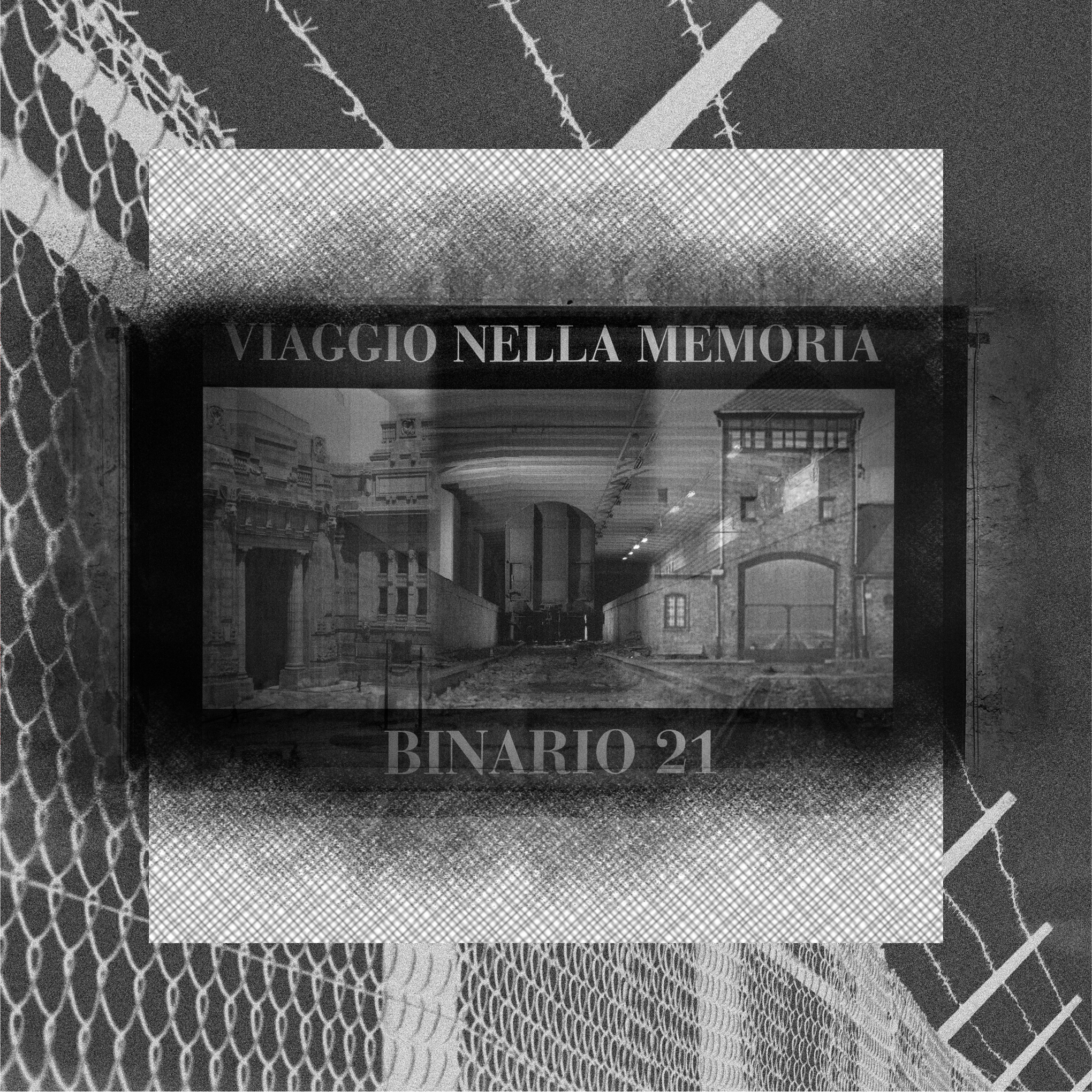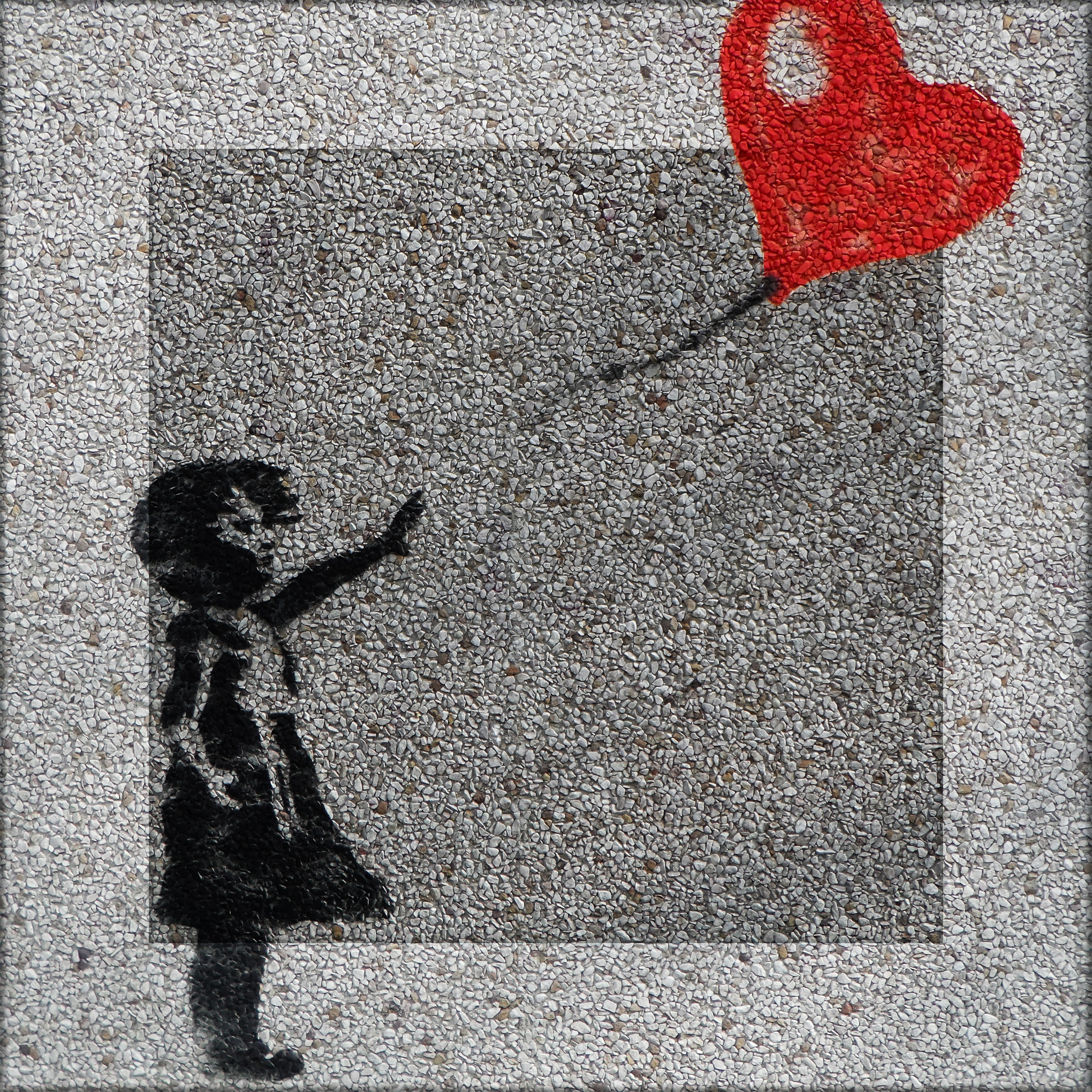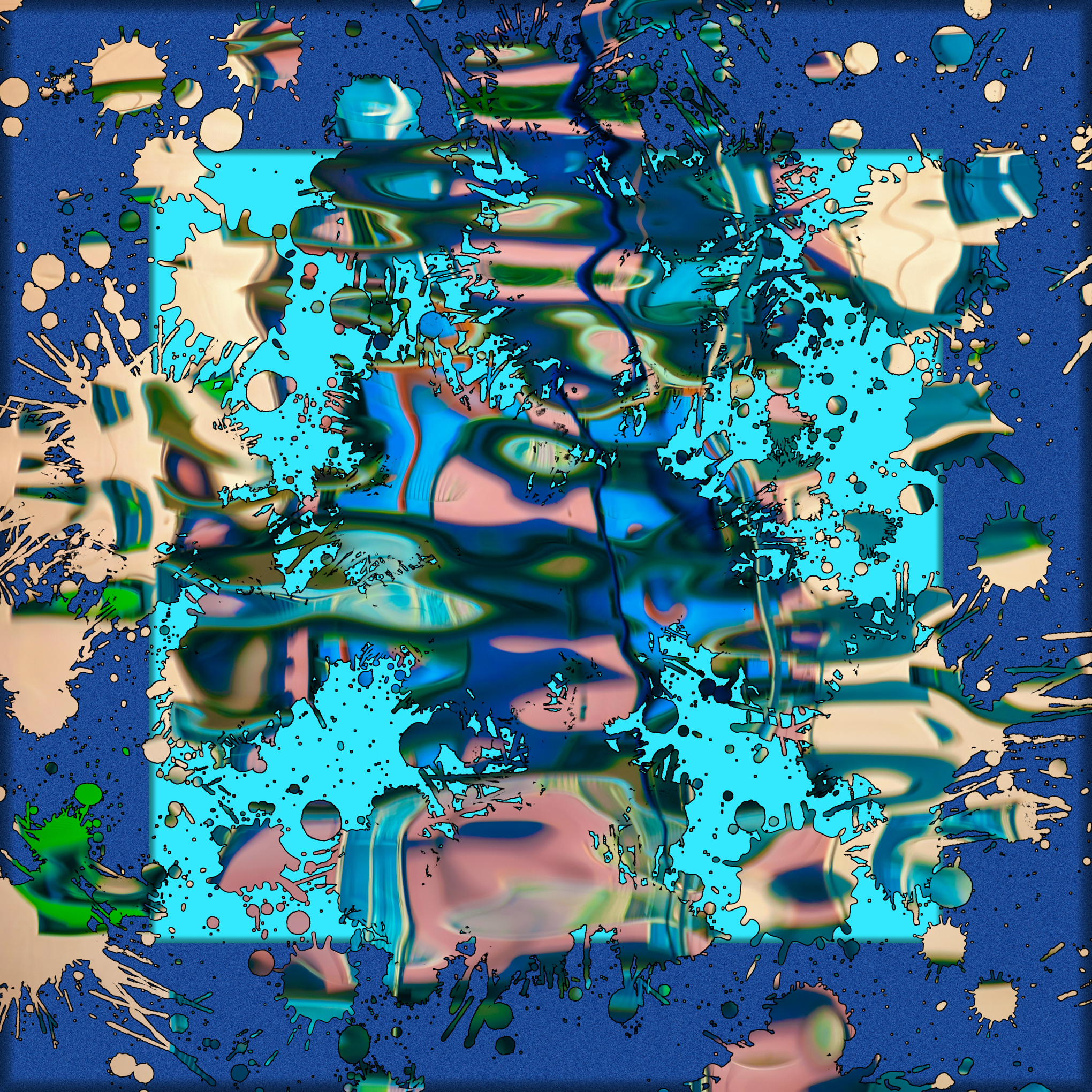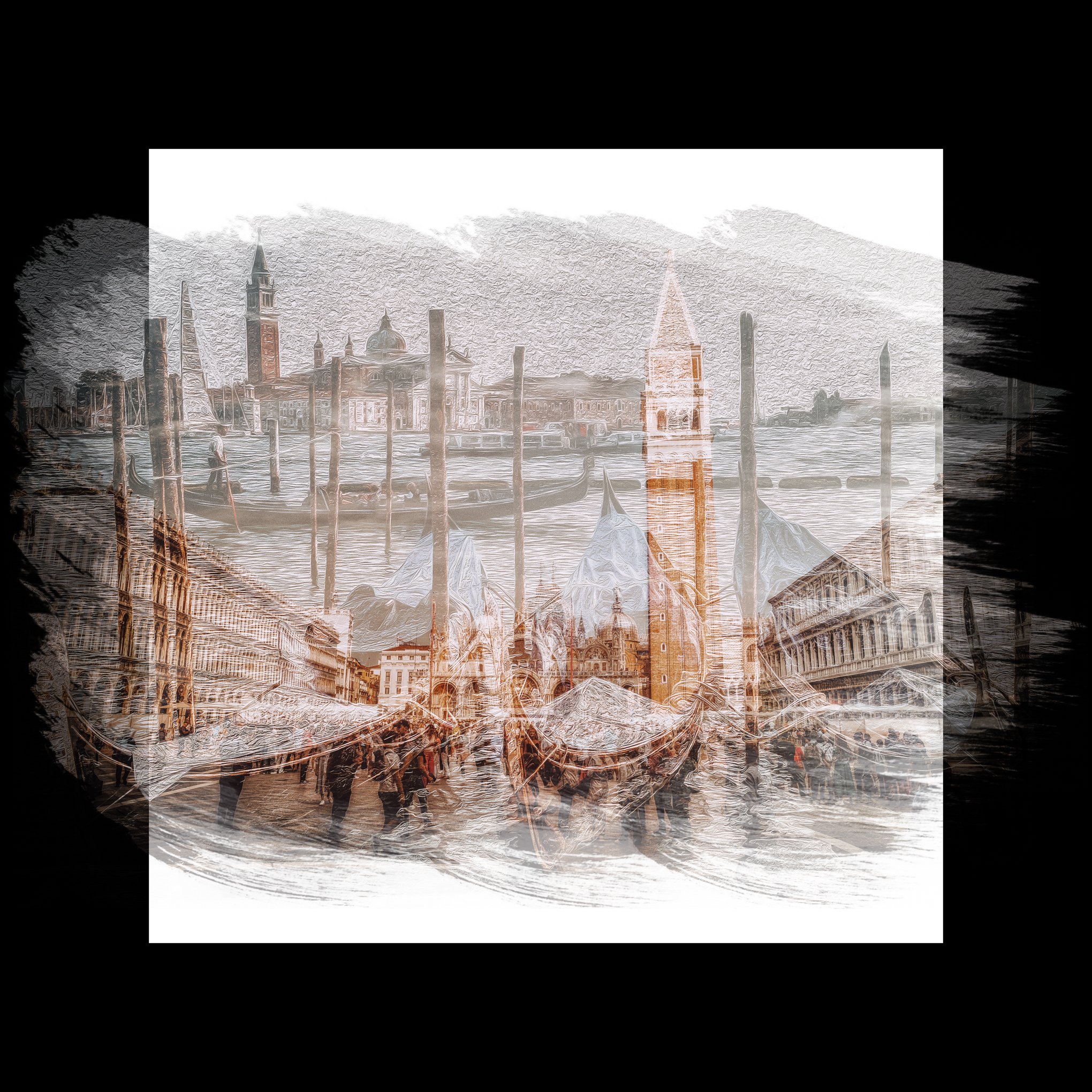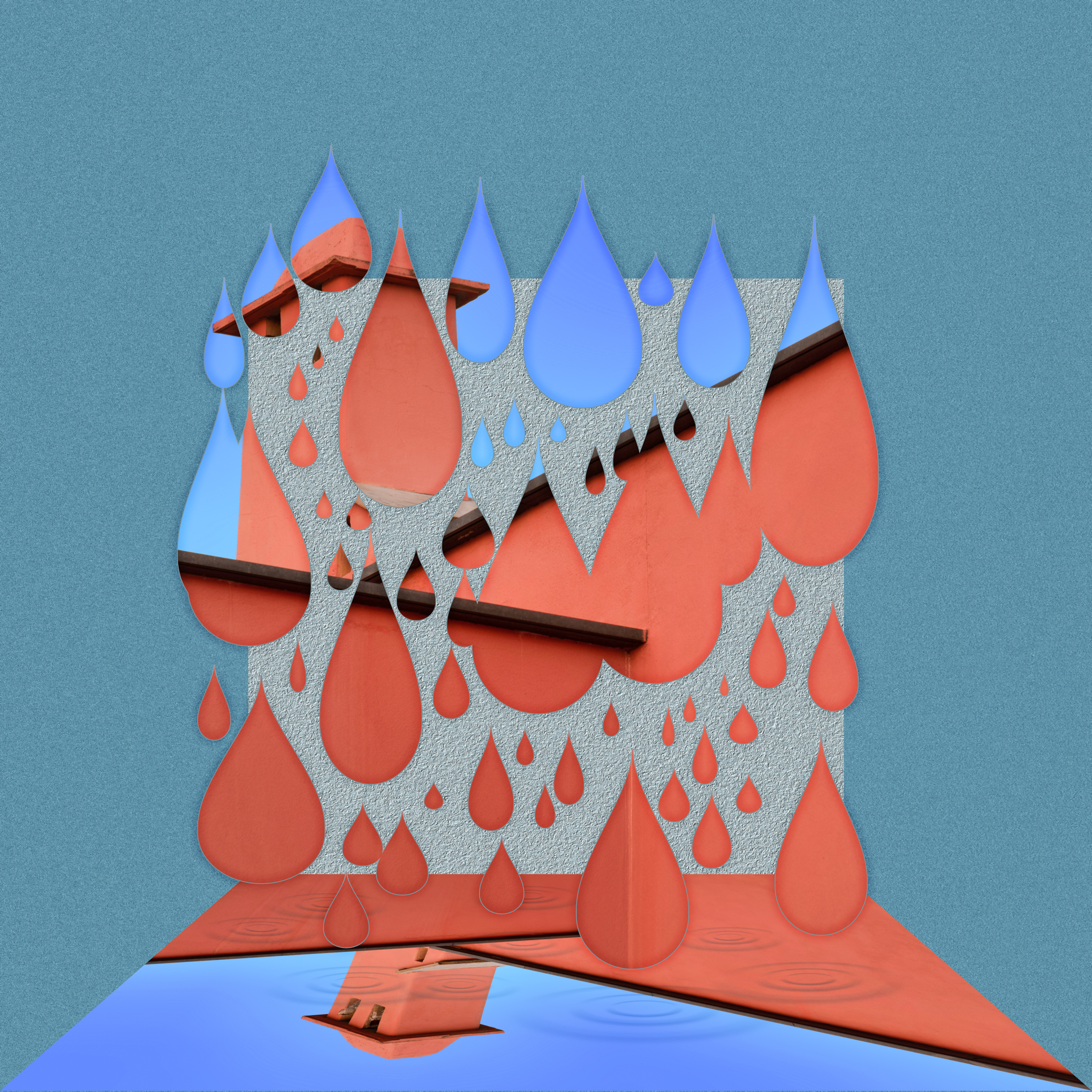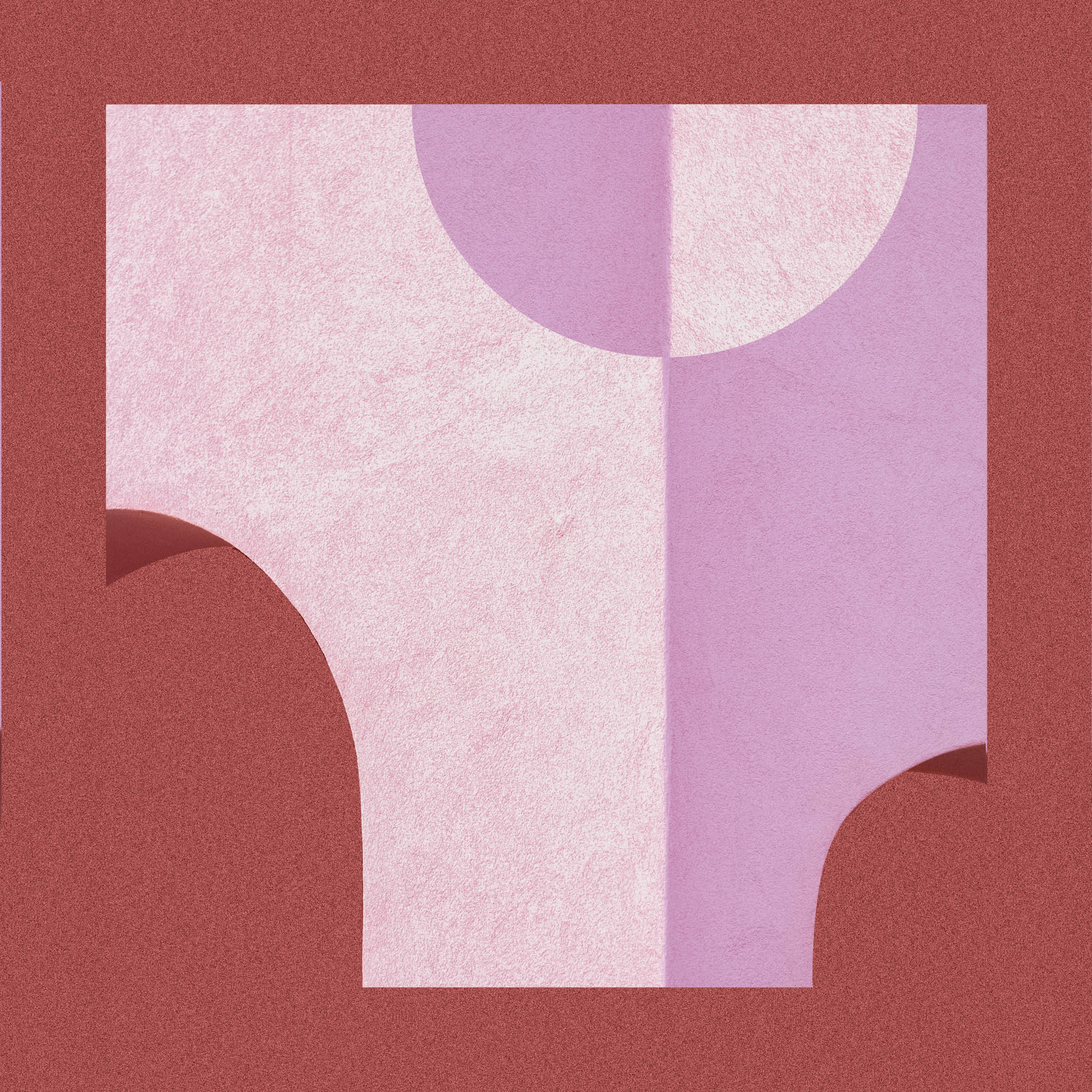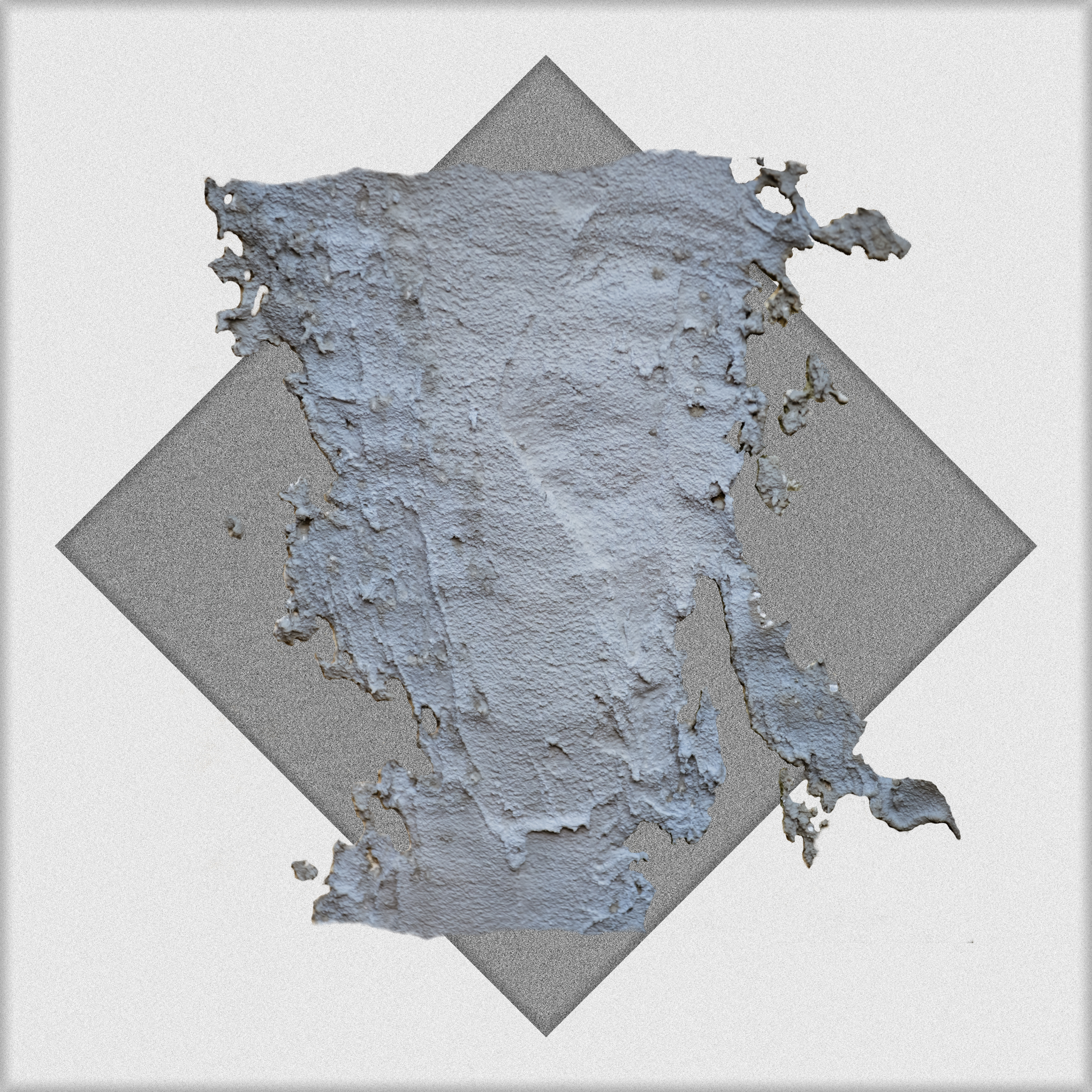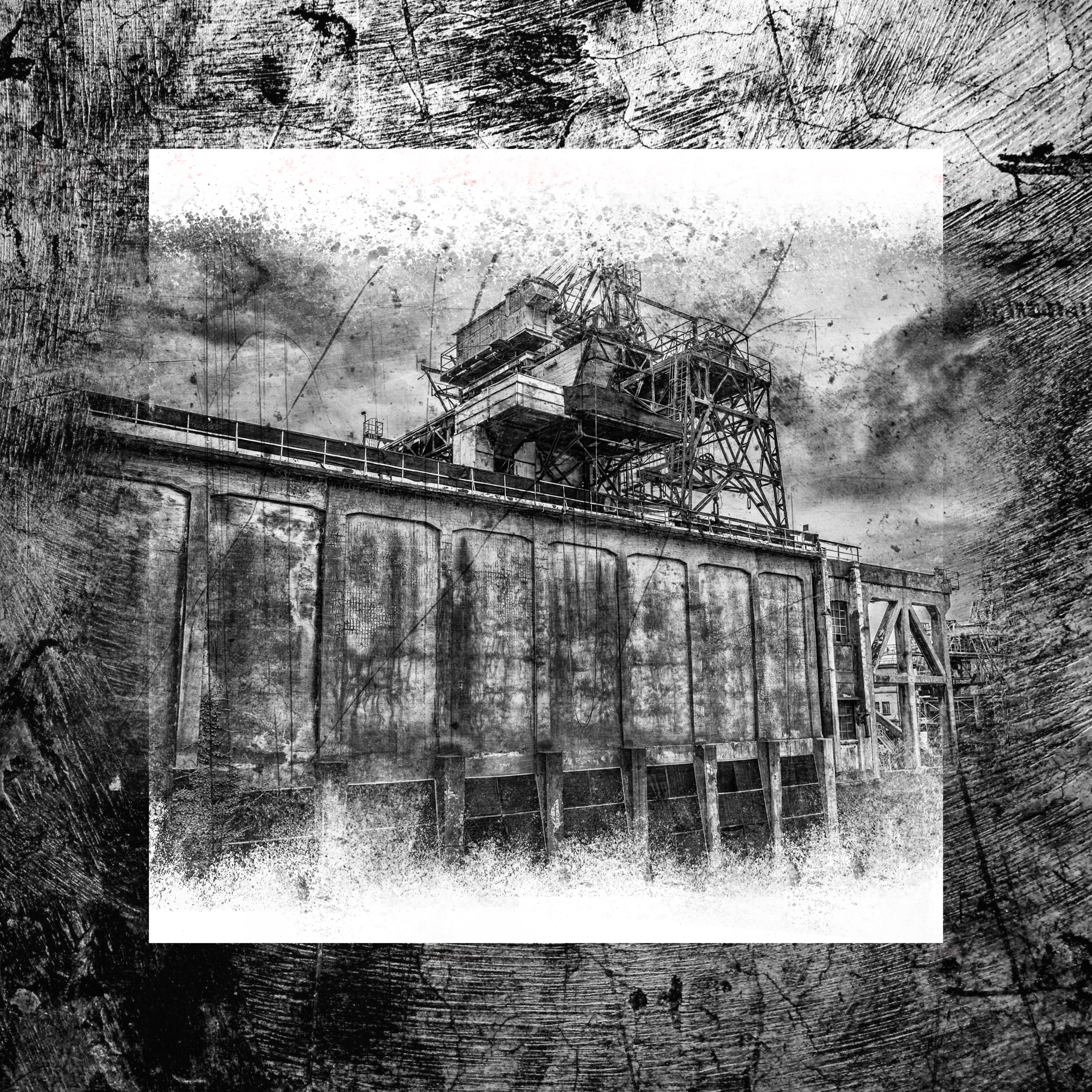Il memoriale della Shoah di Milano sorge in un’area della stazione centrale cui si aveva accesso diretto da via Ferrante Aporti ( oggi piazza Edmond J. Safra), situata al di sotto dei binari ferroviari ordinari e originariamente adibita al carico e scarico dei vagoni postali. Tra il 1943 e il 1945 da questo luogo, lontano da occhi indiscreti, centinaia di deportati – perlopiù ebrei – furono caricati a forza su vagoni merci. Questi, una volta riempiti, venivano sollevati uno alla volta con un monta vagoni tra i binari 18 e i 19, appena fuori dalla grande tettoia della stazione passeggeri a formare i convogli diretti ai campi di concentramento (Bergen Belsen, Mauthausen) e sterminio (Auschwitz-Birkenau), o ai campi italiani di raccolta e smistamento (Fossoli, Verona, Bolzano). Il memoriale, luogo della Shoah e delle deportazioni politiche, unico in Europa in quanto rimasto sostanzialmente integro rispetto a come era in origine, e stato progettato con l’obiettivo di realizzare uno spazio che « ricordi di ricordare» rendendo omaggio alle vittime dello sterminio e del nazifascismo e rappresenti anche un contesto vivo e dialettico in cui rielaborare attivamente la tragedia della Shoah.
A questa galleria sono particolarmente legato. La scelta o, meglio, le scelte che ho fatto riguardo le immagini sono dovute all’emozione particolare che ho provato visitando questo luogo e se per certi versi alcune di loro creano sgomento anche per la luce scarsa, è bene sostare davanti ad esse affinché non si dimentichi ciò che l’essere umano è in grado di fare.
Con questa raccolta voglio ricordare anche non solo lo sterminio della Shoah ma tutti gli stermini del mondo. Quelli che sono passati e quelli che sono ancora in atto. Perché nonostante la storia insegni, l’uomo non riesce a comprendere.
The Holocaust memorial in Milan stands in an area of the central station which had direct access from via Ferrante Aporti (today Piazza Edmond J. Safra), located below the ordinary railway tracks and originally used for the loading and unloading of postal carriages . Between 1943 and 1945, from this place, far from prying eyes, hundreds of deportees – mostly Jews – were forcibly loaded onto freight wagons. These, once filled, were lifted one at a time with a wagon lift between platforms 18 and 19, just outside the large roof of the passenger station to form the convoys headed to the concentration camps (Bergen Belsen, Mauthausen) and extermination camps (Auschwitz- Birkenau), or to the Italian collection and sorting fields (Fossoli, Verona, Bolzano). The memorial, site of the Shoah and political deportations, unique in Europe in that it has remained substantially intact compared to how it originally was, was designed with the aim of creating a space that “reminds you to remember” by paying homage to the victims of the extermination and of Nazi-fascism and also represents a lively and dialectical context in which to actively re-elaborate the tragedy of the Shoah.
I am particularly attached to this gallery. The choice or, rather, the choices I made regarding the images are due to the particular emotion I felt when visiting this place and if in some ways some of them create dismay also due to the poor light, it is good to stop in front of them so as not to forget what human beings are capable of doing.
With this collection I also want to remember not only the extermination of the Shoah but all the exterminations in the world. Those that have passed and those that are still in progress. Because although history teaches, man cannot understand.





